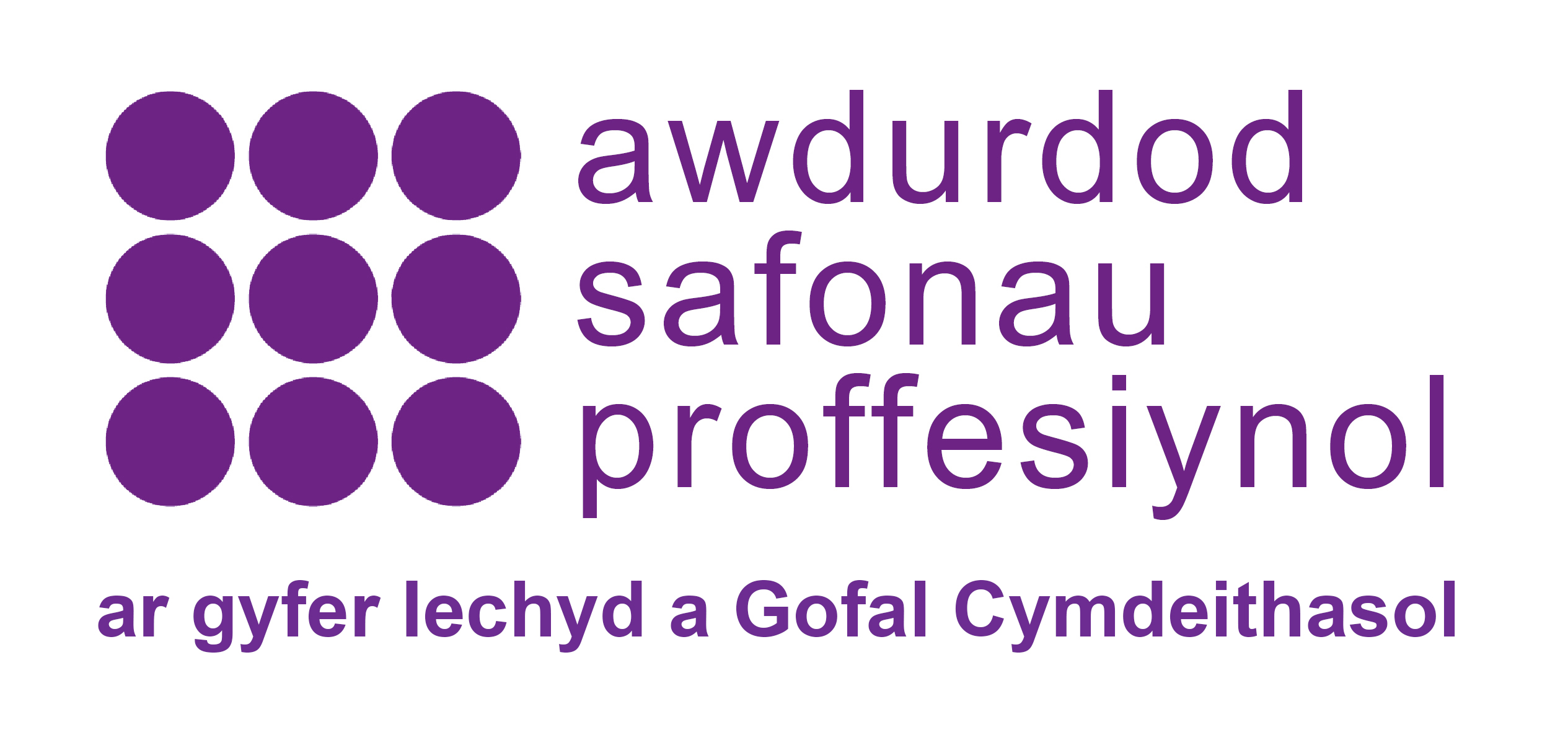Main content
How we approach the performance review process - report on consultation
19 Aug 2021
What is the performance review process?
The performance review is our check on how well the regulators have been protecting the public and promoting confidence in health and care professionals and themselves. We do this by assessing their performance against our Standards of Good Regulation. We publish a report about each regulator every year. Our performance review is important because:
- It tells everyone how well the regulators are doing
- It helps the regulators improve, as we identify strengths and things to improve and recommend changes.
Why we decided to revisit our approach
We decided to revisit our approach to performance review to ensure it continues to be proportionate and effective. As part of this, we carried out a public consultation between December 2020 and March 2021.
The responses were extremely helpful to us in formulating our proposals.
We can now confirm the next steps and the key changes we will be making to the performance review process.
How to improve the process
The responses to the consultation helped shape our thinking in relation to the process improvements we should make to the programme. We will:
- amend our processes so that we do more work in year and engage more regularly with regulators, with the aim of publishing our reports within three months of the end of the period on which we are reporting
- engage with a broader range of stakeholders
- make our reports clearer, more concise and more helpful in promoting improvements in regulation
- develop our understanding of risk, including profession-specific risks and use this to inform the scope of our reviews.
We envisage that these changes will help to address many of the concerns that have been raised about the performance review processes in the past. They will also help to make our assessments more robust and the outcomes more accessible. We aim to implement these changes by January 2022.
The scope of our reviews
We will develop changes to the length of the performance review cycle, to undertake full reviews at predetermined time periods, likely between three to five years.
This is likely to mean that if, after a full review of a regulator (which may be more detailed that our current reviews), we are satisfied that it is performing well, for the rest of the cycle we would look in detail at their performance only where there was evidence of concerns or a significant change which may need review.
This would enable us to concentrate our reviews on areas and regulators where our detailed review identified concerns. We would, of course, continue to monitor the regulators’ performance through our evidence base, which includes our dataset, the regulator’s own work and information from stakeholders, and we would report annually on this to Parliament.
We consider that this is likely to enable us to concentrate our resources more proportionately and reduce the burden on well-performing regulators while maintaining oversight. We will need to undertake further work to establish how this will work in practice, the resource implications for us and the regulators and the best way to implement, given the forthcoming regulatory reform implementation.
We will, therefore, be developing a model of how the process would work. We aim to consult on it with stakeholders in the course of the autumn and take a decision on implementation by January 2022.
Decision-making
We noted the feedback about our binary ‘met/not met’ approach to assessment and considered the options carefully. While we noted the concerns identified by stakeholders, there was no clear preferred alternative approach. The alternative options would carry their own disadvantages including a lack of clarity and greater complexity in terms of decision-making. On its own, a more nuanced rating system may not provide greater clarity about direction of travel, including improvements and emerging concerns. There is no obvious ‘right answer’.
We therefore decided to continue with the ‘met/not met’ approach because it provides a clear statement as to whether a regulator has reached an acceptable level of performance. We will address the issues raised about this approach through further development work. We will update the structure of our reports to make the reasons for our decisions more explicit so that this is clear for all stakeholders. We will also make our processes more transparent so that how we make decisions is clearer. Within our reports, we will more explicitly identify any concerns we may have about deteriorating performance and make recommendations about potential improvements. We will also do more work to aid and share learning, including highlighting where regulators are performing well.
We consider that, in this way, we can be clearer about the detail of a regulator’s performance while providing clarity about our views about the overall level of performance.
Thematic reviews
We consider that there is a role for the Authority in providing an overview of individual problems within the sector and providing guidance. There is a range of tools that we can use to achieve this. These include performance reviews, projects on individual issues (for example our recent Virtual Hearings Guidance) and thematic reviews. We will aim to adopt the most suitable and proportionate process for each issue as it arises.

